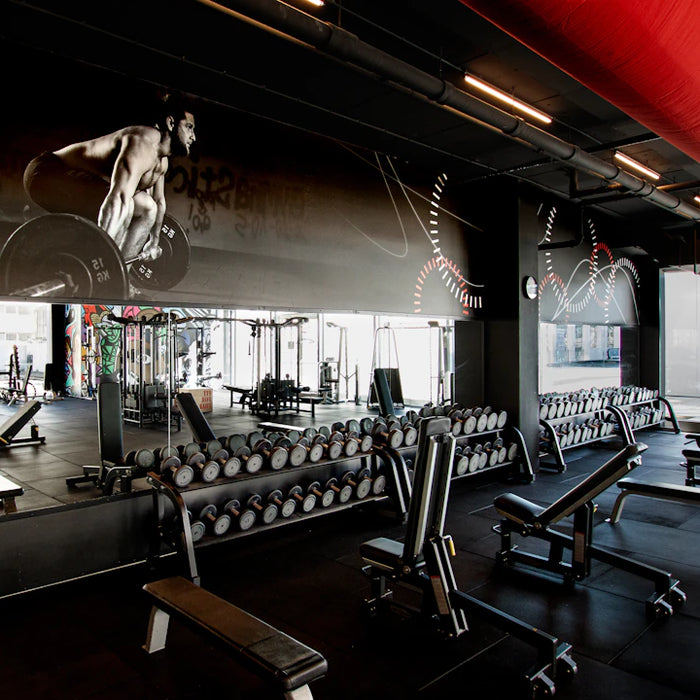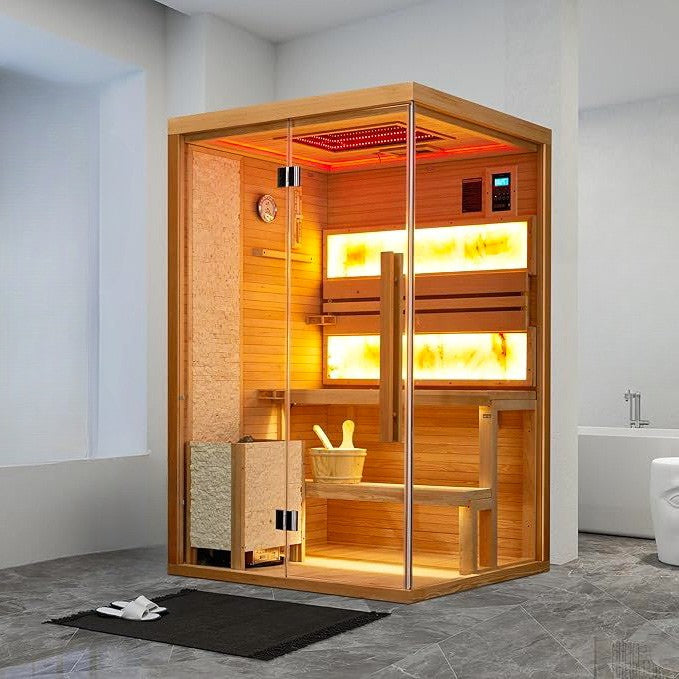The fitness industry is booming, and with the rise of home workouts, a gym equipment rental business can be a lucrative venture. At Home Gym Edge, we know the importance of quality fitness gear for every fitness enthusiast—from beginners exploring chest workouts at the gym to seasoned athletes perfecting their home gym workout equipment. Setting up a gym equipment rental service not only taps into the growing demand for fitness equipment but also provides an opportunity for flexibility. Let’s dive into the steps to successfully set up your own gym equipment rental business.
Understanding Your Market
Before jumping into the logistics of starting a business, it's essential to understand your target audience and market. Who will rent your gym equipment? Are they fitness novices looking to enhance their home gym, or are they experienced athletes searching for specific equipment for their home fitness gym? Researching your local area is crucial—determine if there's a demand for home gym exercise equipment rentals and how much interest there is in temporary gym instruments for home use.
Market Research Techniques
-
Surveys and Questionnaires: Utilize online tools to survey potential customers about their fitness habits and preferences.
-
Competitor Analysis: Examine existing rental businesses and their offerings, pricing, and customer feedback.
-
Demographic Analysis: Identify population demographics that are more inclined to rent gym gear.
Creating a Business Plan
Once you have a clear understanding of your market, the next step in setting up a gym equipment rental business is creating a comprehensive business plan. This blueprint will outline your business goals, strategies, and financial projections.
Essential Components of Your Business Plan
-
Executive Summary: A brief overview of your business and what you aim to achieve.
-
Business Description: Detailed information about your gym equipment rental service, including your vision and mission.
-
Market Analysis: Insights gathered from your market research.
-
Marketing Strategy: Your approach to attracting customers; consider local searches such as "fitness equipment shop near me".
-
Financial Plan: Budgeting your initial investments and forecasting revenue.
Implementing a strategic plan will help you stay focused on your goals and forge your path in offering quality home gym fitness equipment rentals.
Choosing Your Equipment
The products you choose to offer in your gym equipment rental business will significantly impact your success. Focus on acquiring versatile and popular items that cater to various fitness goals. Customers might be interested in renting equipment for different workouts such as chest workouts in the gym or workout for legs at home.
Essential Home Gym Equipment to Consider
-
Cardio Machines: Treadmills, stationary bikes, and ellipticals are always in demand.
-
Strength Training Equipment: Include gym benches, free weights, and resistance bands.
-
Functional Training Equipment: Items such as kettlebells and medicine balls that suit various workout styles.
-
Outdoor Gym Equipment: Consider offering portable equipment for those looking to exercise outside.
Make sure to provide a well-rounded selection of home gym gear to meet different fitness needs and preferences.
Sourcing Quality Equipment
Prioritizing quality over quantity is vital. Look for suppliers who provide durable and reliable fitness equipment. Consider visiting local fitness equipment shops near you, as they may offer rental options or discounts for bulk purchases. You can also explore online vendors that specialize in home gym workout equipment.
Tips for Sourcing Quality Gym Equipment
-
Check Reviews: Research brands and sellers based on customer feedback and quality ratings.
-
Warranty and Return Policy: Ensure that the equipment you're purchasing comes with a warranty and a reasonable return policy.
-
Inspect Equipment: If possible, inspect the equipment in person to assess its quality and functionality.
Establishing a Rental System
Setting up an efficient rental system is crucial for your gym equipment rental business. Consider how long customers can rent the equipment, payment options, and the process for returning the equipment. Make the process seamless and user-friendly, as this will enhance customer satisfaction and encourage repeat business.
Key Elements of Your Rental System
-
Rental Duration: Offer varying rental lengths—from daily, weekly, to monthly options—to cater to diverse customer needs.
-
Online Booking: Create a user-friendly website where customers can browse available equipment, check pricing, and book rentals.
-
Flexible Payment Options: Provide multiple payment methods to accommodate all customers.
-
Delivery and Pickup: Consider offering delivery and pickup services for convenience.
Marketing Your Gym Equipment Rental Service
Marketing is critical to the success of any business, including your gym equipment rental service. A solid marketing strategy will help capture the attention of potential renters and keep your service top-of-mind.
Effective Marketing Strategies
-
Social Media Presence: Utilize platforms like Instagram and Facebook to showcase your equipment and share testimonials from satisfied customers.
-
Content Marketing: Create valuable content around fitness—such as tips on home gym workouts or gym flooring options—which will establish you as an expert and improve your SEO.
-
Local Advertising: Use Google My Business and local SEO strategies to ensure people searching for "exercise equipment shop near me" can find you easily.
-
Collaborate with Influencers: Partner with local fitness influencers who can help promote your services genuinely.
Building Customer Relationships
Building strong relationships with your customers will ensure they choose you every time they need gym equipment. Excellent customer service leads to loyal clients and positive word-of-mouth referrals.
Strategies to Foster Good Relationships
-
Loyalty Programs: Offer discounts or incentives for repeat rentals to encourage customer retention.
-
Feedback Mechanism: Encourage customers to leave reviews and feedback so you can continually improve your services.
-
Follow-Up: After rentals, reach out to customers to ask about their experience and if they need more equipment.
Managing Logistics
Efficient logistics management is crucial to ensure a streamlined process for both your business and your customers. This includes inventory management, scheduling deliveries, and maintaining equipment.
Essentials of Logistics Management
-
Inventory Tracking: Use software tools to keep track of your equipment inventory, including its availability and condition.
-
Delivery Scheduling: Plan delivery times carefully to meet client expectations for timeliness.
-
Regular Maintenance: Establish a routine for inspecting and maintaining your equipment to ensure safety and quality.
Your Path to Success
By following these steps and properly managing your gym equipment rental business, you position yourself in the growing fitness industry. The increasing trend towards home fitness gyms means there's immense potential for your venture. As you launch your business, continue to adapt your strategies based on customer feedback and trends to remain competitive. Remember, the more value you offer to your customers, the more success you'll find.
























